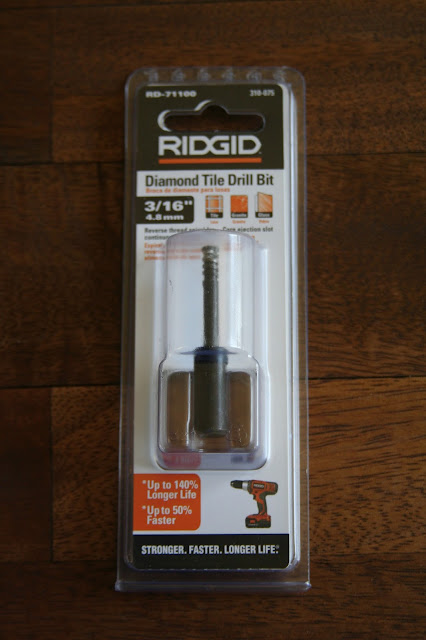I bought this little green polkadot dress years ago. It was $4 on a discount rack. I thought it was cute and couldn't pass up a $4 dress. Except, it was a little too cutesy. I never wore it. So it ended up in a garbage bag in the basement with other discarded clothing, destined for a garage sale. Until, I realized with just a tiny bit of alterations, this cotton dress would be an adorable apron, so I rescued it from it's garage sale future.
The first thing I did was cut out the zipper so the dress could open up and lay flat.
The white ribbon was originally tacked on to the dress so that it would tie on the side, so I removed the tack. When I'm done, I wanted the ribbon to tie in the back, not the side. I drew with pencil on the inside of the dress (yeah, couldn't find my fabric marker...) where I wanted to cut away the sides of the dress and a simple "U" shape seemed to do the trick. I made sure to keep the spaghetti straps attached.
Fold under all raw edges and pin.
Pin Pin Pin... Honestly, the pinning took more time than anything else. It was all pretty simple.
Remove the extra "flap" on the back. Fold under the raw edges and pin all the way down the long seam for the back.
Sew! The sewing is very simple, nothing to be remotely intimidated about, trust me. This would be a great beginner sewing project... it's that easy. If you really can't sew a straight line, I'm sure a fabric glue would work as well, but nothing beats the finish on the sewing machine.
Once all of the raw edges are sewn I attached the white ribbon again. Only tacking it in place on the seam in the back. Don't forget to go over it a couple times to reinforce your apron ties.
And that's it! Seriously, you are already done! Now it's time to bake homemade cookies in a cute new apron.
I can't wait to check out some vintage dresses the next time I'm at the thrift store. Wouldn't a vintage dress make an adorable apron!? I can't wait. Please share your Dress into an Apron projects with me, I'd love to see them.



















































